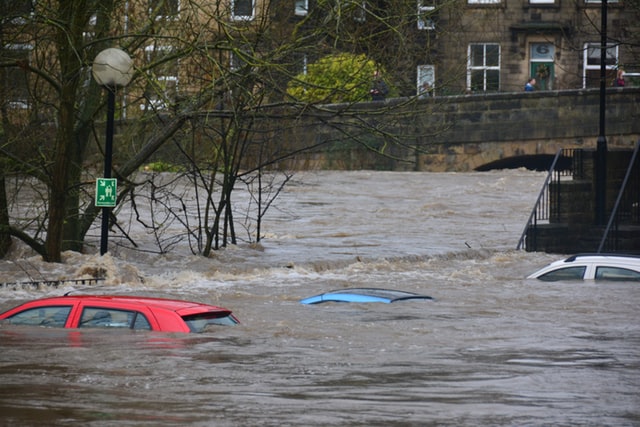
Buying Car Insurance can be really confusing. There are a lot of different coverages and it can be really hard to try and figure out what you actually need. Because needs vary from one person to another, having a basic understanding of the coverages can help you make an informed decision.
There are 5 main coverages that are usually offered on an Auto Policy
- Liability
- Collision
- Comprehensive (other than Collision)
- Medical Payments
- Uninsured/Underinsured Motorists
We will do a brief summary of each to help you understand what they are and the reasons why you may or may not need them.
Liability

Liability Coverage is required by law in all 50 states. This is coverage for accidents in which you are at fault. On your policy, it usually is broken out into three parts.
- Per Person Limit
- Per Accident Limit
- Property Damage Limit
The state in which you reside will usually have a mandated minimum that you have to have on these coverages.
Per Person Limit
The Per Person Limit refers to how much the policy will payout for bodily injury that you cause to another person.
For example, if you have a $25,000 limit and the person who is injured has medical bills totaling $30,000, the policy will only pay up to $25,000 and you will be responsible for the remaining amount. If there is more than one person injured, there is $25,000 available per person.
Per Accident Limit
The Per Accident Limit is the most that the policy will pay out for Bodily Injury (medical expenses) in a single accident that is your fault. This limit is usually at least twice the amount as the Per Person Limit
For example, let’s say that you cause an accident and three people are injured as a result. We still have the $25,000 Per Person Limit on the Policy and a $50,000 Per Accident Limit. The first person has $20,000 in medical expenses and the second has $15,000 of medical expenses and the third person has $25,000. There is a total of $60,000 in medical expenses. The per Accident Limit will only pay $50,000 of that amount leaving you responsible for the rest.
Property Damage Limit
The Property Damage Limit is to pay for damage done to another person’s property. This may be a vehicle, building or fixture such as a wall. This limit is usually the same amount as the Per Person Limit.
For example, if we caused an accident and we had a $25,000 Property Damage Limit and the damage to the other vehicle was $30,000, the policy would pay that $25,000 and you would be responsible for the remaining $5,000.
Collision

Collision coverage is broadly defined as an upset or impact with another vehicle or object. An accident involving another vehicle, a stationary object, or an upset (rollover) can be covered with Collision coverage.
Comprehensive (other than Collision)

Comprehensive coverage is a lot broader than Collision. It can cover things like:
- Fire
- Theft
- Vandalism
- Hail
- Water/Flood Damage
- Animals
- Glass Damage
And the list can go on.
Both Collision and Comprehensive Coverage are OPTIONAL and are not required to be purchased. However, if there is a loan on the vehicle, the finance company will require that these coverages be on the policy. They are usually subject to a deductible.
With these being optional, you really have to decide if the value of the car warrants you putting these coverages on it. If the vehicle is only worth $1,000 and you are paying $400 or $500 to have these coverages on there a year, it is probably not worth spending the money. Each situation is different so you have to make that decision.
Medical Payments

Medical Payments is coverage for you as the policyholder. It is a set limit and is a Per Person Limit for Medical and Funeral Expenses. It is not required in most states.
For example, your policy has a Medical Expense Limit at $5,000. If you were involved in an accident you and any passengers injured in your car could be eligible to receive payment from this coverage.
The unique thing about this coverage is that it can follow the named insured (policyholder) while they are in a vehicle (whether it is theirs or not) or while as a pedestrian they are struck by a vehicle.
Uninsured/Underinsured Motorist Coverage

These coverages can be included together or, in some states, they are separated out to individual coverages. They are not required by law but many states require that you sign a form confirming that you want to reject the coverage.
This is a medical coverage for the person who owns the policy and their household. It is for when an injured person cannot collect damages from the at-fault driver who is uninsured or who is underinsured.
For example, if you are injured in a hit and run and are unable to find the driver of the other vehicle, your uninsured motorists coverage can pick up the medical costs.
Now that you can make an informed decision about what coverages you need and what you don’t. Agents can also be a good source of information. In most cases, it doesn’t cost you any more to have an insurance agent than if you buy online. If you are going to spend the money, you might as well have someone dedicated to helping you.







